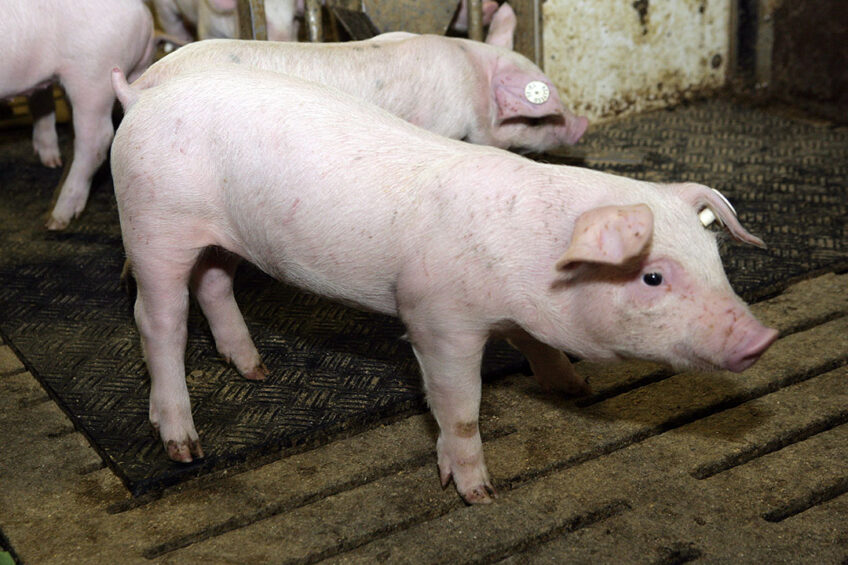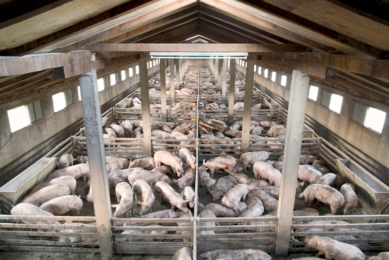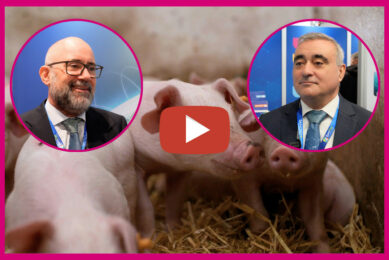Canada follows the EU, with zinc oxide

Canada is in the midst of implementing a similar drastic reduction of pharmacological levels of zinc oxide (ZnO) in piglet diets.
In the near future, Canada will only allow zinc oxide (ZnO) to be added to weaned piglet diets at nutritional levels of 350ppm. That is quite similar to the regulations that will be implemented in the EU next year. There is no implementation date yet, just the certainty that this process is unstoppable.
Previously, amounts up to 5,000 ppm or higher were allowed in the diet, mainly to prevent diarrhoea. In mid-June, the Canadian Food Inspection Agency (CFIA) launched a public consultation (to gather feedback on the proposed regulatory changes) that will last until September 10, 2021.
The proposed regulations are printed here and the CFIA supporting materials are posted here.
CFIA: Keeping pace with changes in innovation
The CFIA states that “the last comprehensive review of the Feeds Regulations took place in 1983. Regulatory changes are needed to keep pace with changes in innovation, risk management, international standards, science and technology and to develop a modernised risk- and outcome-based regulatory framework for feeds… These changes will better align with international approaches and best practices. This will enable CFIA and regulated sectors to better understand and manage risks that livestock feeds pose to animal health, human health and the environment.”
Alternatives for zinc oxide and timeline
The Canadian Pork Council (CPC) will be submitting feedback to CFIA about the proposed regulations, but CPC National Swine Health Initiative Manager Gabriela Guigou notes that her organisation has been working on this topic for years, with both CFIA and the Animal Nutrition Association of Canada.
“We understand the government’s concerns,” she said. “Use of ZnO can result in antimicrobial resistance, similarly to an antibiotic. There is a concern in Europe about zinc levels in the soil but that’s not a concern here.”
Use of zinc oxide in weaner diets in Canada
Up until now, ZnO could have been used in Canada at 2,500 to 5,000 ppm in the diet, and Guigou noted that it works well as a simple and cost-effective way to prevent diarrhoea in weaned pigs.
“There is no cost-effective alternative, and we need sufficient time to adapt to the changes and to find alternatives,” she said. We are hoping there will be enough time to provide alternatives for producers. We are asking our colleagues in the EU about alternatives, and looking into whether a combination of some feed additives and vaccines produce good results.”
The other alternative, said Guigou, is to register ZnO as an antimicrobial with a drug identification number (DIN), so it can be prescribed by veterinarians. Already in 2019, Pig Progress reported on the first ’Zero Zinc Summit’ in the EU, where veterinary and nutritionist experts from all over the world met in Denmark to figure out best practices to get piglets through weaning without using antibiotics or pharmacological levels of zinc oxide.
No zinc oxide change in the USA
To ask if ZnO regulations for piglet diets are being examined in the US, Pig Progress enquired with the National Pork Producers Council (NPPC), which referred to the US Food and Drug Administration (FDA). It appears that no examination of zinc animal feed regulations is currently occurring.
“From a regulatory perspective, for zinc oxide to be considered generally recognized as safe for its intended use as a nutrient in animal food, it is to be used in accordance with good manufacturing or feeding practice,” stated an FDA spokesperson. “This means that veterinarians or animal nutritionists should determine the appropriate level of zinc to use in a given situation, while ensuring that it does not exceed the amount reasonably required to accomplish the intended nutritional effect.”













